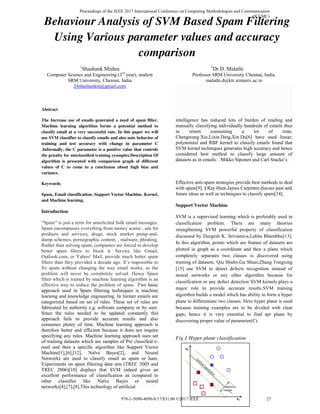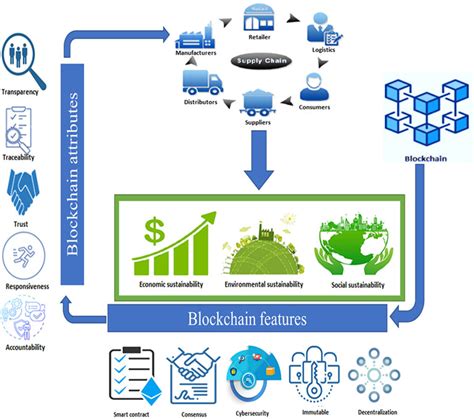The future of artificial intelligence in cryptocurrency trading: what to expect
The Future of AI in Cryptocurrency Trading: What to Expect
As the world of cryptocurrency continues to grow and evolve, artificial intelligence (AI) is becoming increasingly important in making trading decisions. From automated trading systems to machine learning algorithms, AI is changing the way crypto traders approach their investments.
In this article, we will explore the next steps for AI in crypto trading, including its potential applications, benefits, and challenges.
What are the benefits of AI in crypto trading?
AI has already shown great promise in crypto trading, with various platforms incorporating machine learning algorithms to analyze market trends, identify patterns, and make predictions. Some of the key benefits of using AI in crypto trading include:
- Increased efficiency: AI can process large amounts of data quickly and accurately, allowing traders to analyze market conditions and execute trades faster than ever before.
- Improved Accuracy: Machine learning algorithms can be trained on large data sets, allowing them to identify patterns that human traders may miss. This allows for more accurate trading decisions.
- Advanced Risk Management: AI-powered systems can analyze market data and identify potential risks, allowing traders to make more informed decisions about their investments.
Types of AI Used in Cryptocurrency Trading
There are several types of AI used in cryptocurrency trading, including:
- Machine Learning Algorithms: These algorithms can be trained on historical data to predict future market trends.
- Deep Learning: A type of machine learning algorithm that uses neural networks to analyze complex patterns in data.
*Natural Language Processing (NLP): This technology allows AI systems to understand and analyze textual market data.
How AI is changing the cryptocurrency trading landscape
AI is changing the cryptocurrency trading landscape in several ways:
- Automated Trading Systems
: AI-powered systems can automatically execute trades based on predefined rules, reducing the need for human traders.
- Predictive Analytics: AI algorithms can predict market trends and identify potential risks, allowing traders to make more informed decisions.
- Real-time Market Analysis: AI-powered systems can provide real-time market analysis, allowing traders to quickly respond to changing market conditions.
Challenges and Limitations of AI in Cryptocurrency Trading
While AI has the potential to revolutionize cryptocurrency trading, there are several challenges and limitations to consider:
- Data Quality: High-quality data is essential for training accurate machine learning algorithms. However, collecting and integrating large amounts of data can be difficult.
- Regulatory Compliance: As AI becomes more prevalent in cryptocurrency trading, regulatory compliance will become increasingly important to ensure that traders act in accordance with the law.
- Cybersecurity Risks
: The use of AI systems increases the risk of cybersecurity breaches that could compromise sensitive market data.
Conclusion
Artificial intelligence is transforming the world of cryptocurrency trading, bringing a number of benefits and opportunities to investors. AI-powered algorithms are changing the way traders approach their investments, from automated trading systems to predictive analytics. While there are challenges and limitations to consider, the potential benefits of using AI in cryptocurrency trading make it an exciting and promising area of investment.
Recommendations
If you are interested in incorporating AI into your cryptocurrency trading strategy, here are some recommendations:
- Start with a solid foundation: Start by building a solid foundation of knowledge about machine learning algorithms and natural language processing.



